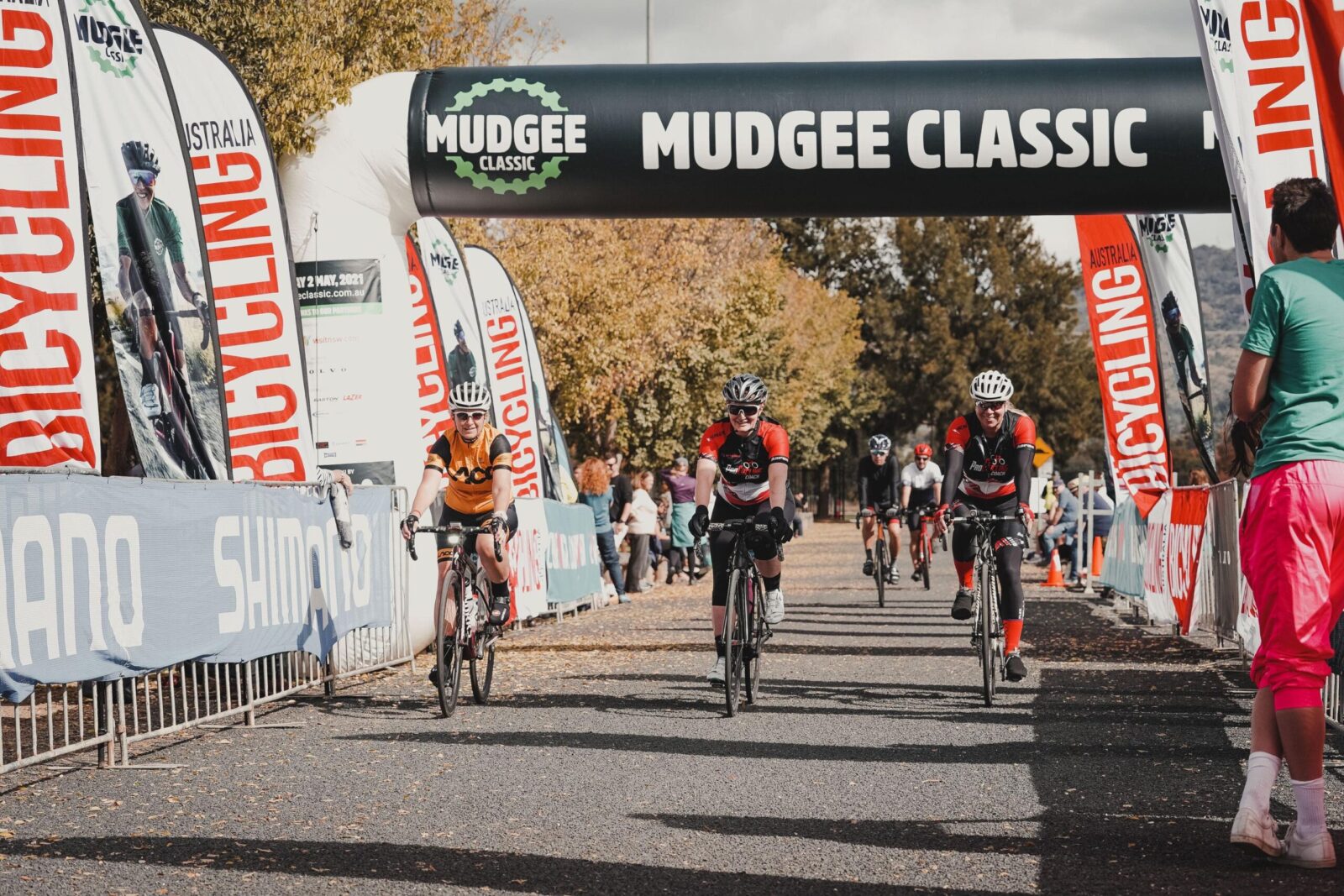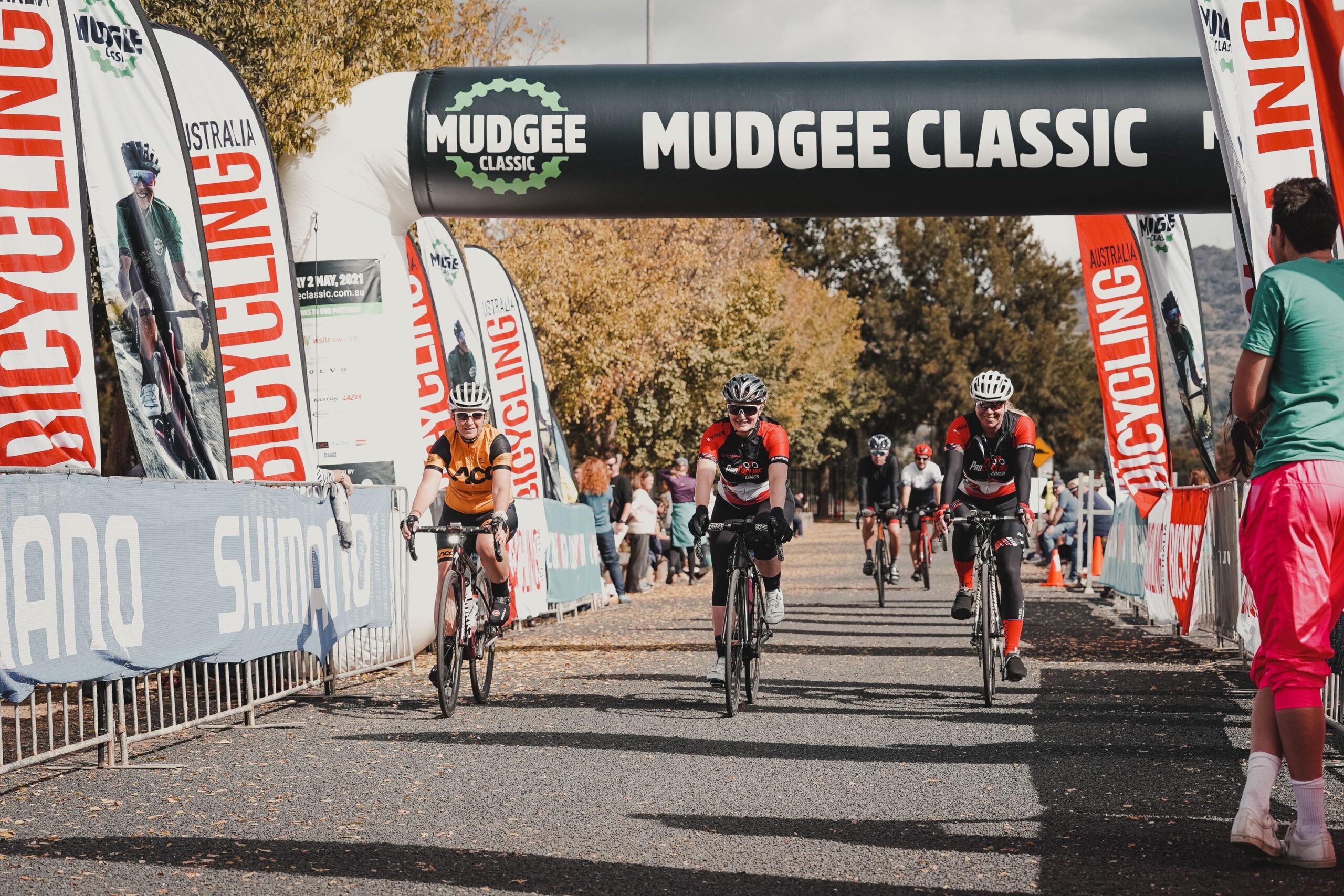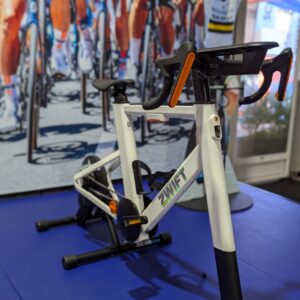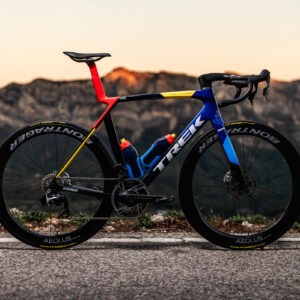We are huge fans of goal setting for cyclists. Most people will focus more on my riding if they’re working towards a goal like participating in an organised ride or riding a particular course. There’s nothing like having an event coming up to motivate you to get out of bed in the early morning when you feel like turning off your alarm clock, rolling over, and going back to sleep.
But there is more to goal setting for cyclists, so here are a few tips to help you set your goals.
Why are you setting this goal?
The ‘why’ is the motivation behind the goal. For example, if you’ve signed up to a mass participation ride like the Mudgee Classic, your ‘why’ could simply be to complete the long-distance ride within the cut-off times, or it could be that you want to complete it in a particular time.
To make it an effective goal, you need to find the reason behind it for you, not anyone else. It’s the thing that will keep you going when the weather is ordinary or you want to enjoy a sleep-in rather than ride your bike.

Make the goal specific and set a realistic plan
If you make your goal too wishy-washy, you won’t know when you’ve achieved it. It’s a bit like setting New Year’s resolutions; if you make them too broad like ‘get fit’, then you’re setting yourself up for failure because what does ‘get fit’ mean to you?
Make your goal specific and measurable, like the one mentioned above. “I will complete the XXX Ride in four hours.”
You can then create realistic plans to achieve your goal. For example, to prepare for a major event, you might set a specific training goal that is time or distance-based, like ‘I will complete three rides of 100km in the month leading up to the event’.
It doesn’t have to be based on time, distance or speed, it can also be a skills-based goal. It could be that you’re going to practice a particular bike skill like descending or climbing and include the skill in a session once per week.
You’ll need to find a balance between your training program and other aspects of your life, such as work, family, and friends. You might be able to make some sacrifices in your non-riding life, but you can’t drop everything else. That’s just not realistic.
Training for your goal without a plan of how you will reach it will inevitably lead to failure.
Track of your progress
Modern technology allows us to track many metrics in bike riding, like speed, heart rate, power, and more.
Using a bike computer, such as those made by Garmin and Wahoo, makes it extremely easy to track your progress. Both bike computer companies offer software and apps to track your rides, and Strava is also extremely popular among cyclists for measuring progress.
You’ll be able to track any improvements in your regular rides by comparing data and checking your progress against your goal. Without data, you’ll be left to guess.
By tracking your progress, you’ll build confidence that you can reach your goal within the time frame you’ve set.
Remember, you’re doing it for you
It’s tempting to compare yourself with other riders, but if you’ve set your own goals, you should only be measuring yourself against your goals, not those of others.
It can be very demotivating to focus on the progress of your friends and other riders. Every person is different and has a different ‘why’ so focus on your own.
Focus on yourself and not on others. You may want to do something to make your family proud and show them how great you are, but ultimately, it’s still for you, not for anyone else.
When you’re struggling up that hill or feel like giving up, remind yourself how much you want it, why you want it, and how it will make you feel when you achieve it. The power of visualisation is very strong. Picture yourself crossing the finish line, and you’ll get there. In the meantime, enjoy the ride.
Nicola Rutzou – a long-time contributor and, most recently, the editor of Bicycling Australia. Nicola is a keen Sydney-based road cyclist who writes reviews, news, and destination pieces, as well as the weekly e-newsletter for BA online.


